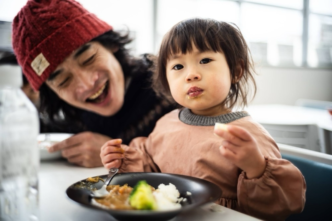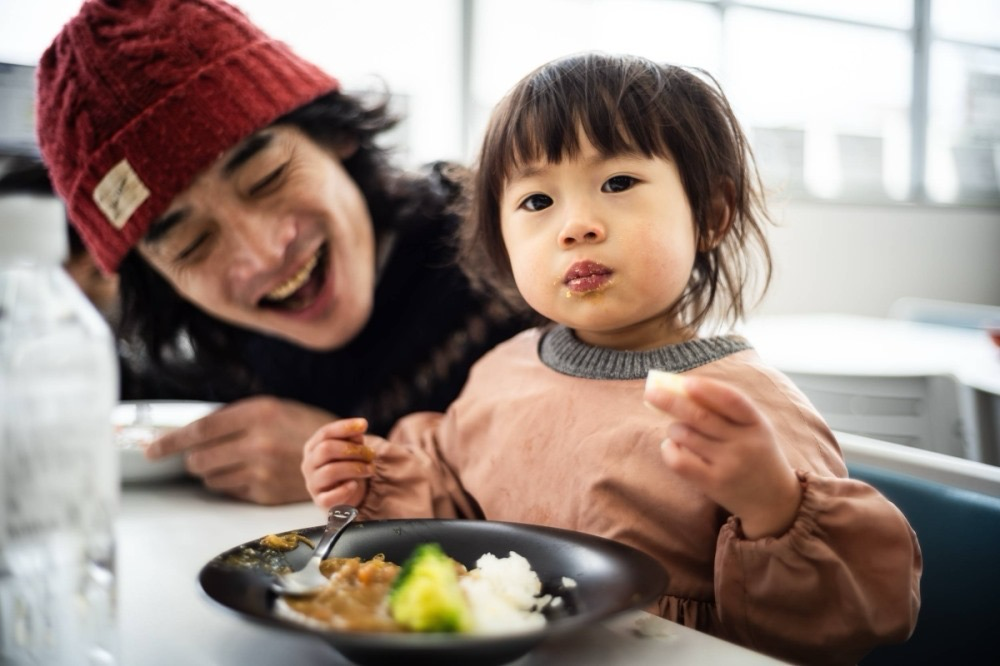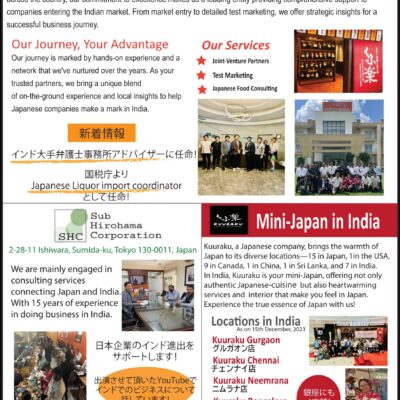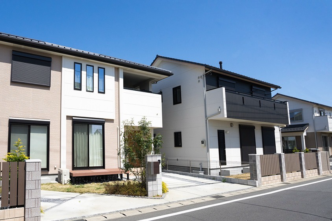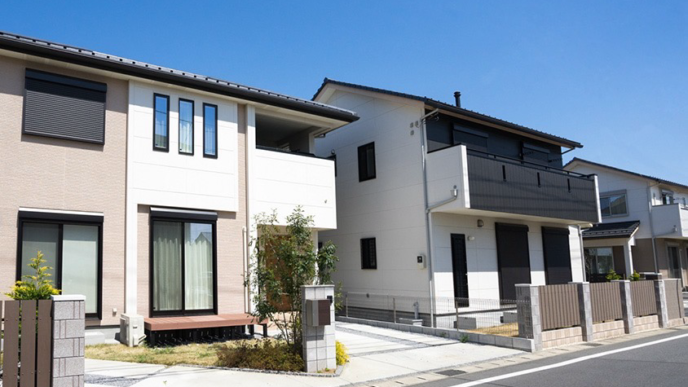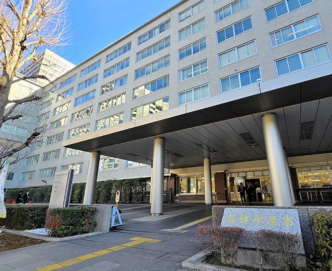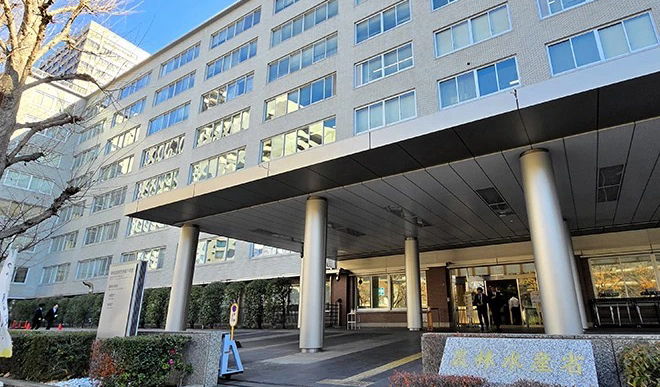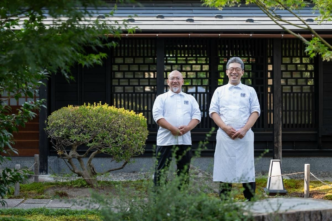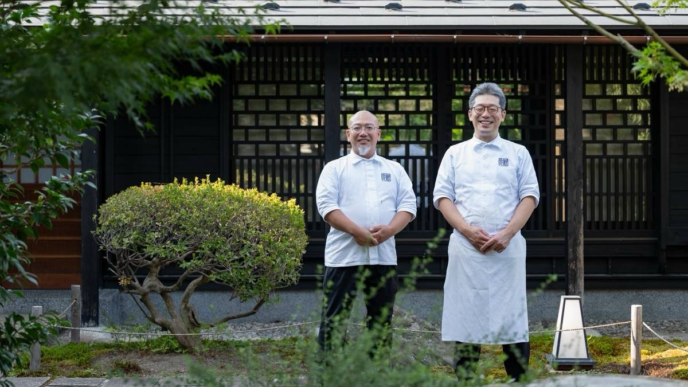Over 10,000 Kodomo Shokudō Offer Food and Community Support
February 3, 2025 – Tokyo, Japan – Across Japan, kodomo shokudō (children’s cafeterias) have become a vital support system for families facing financial hardship. Originally started in 2012, these community-driven initiatives now exceed 10,000 nationwide, offering not just free or low-cost meals but also a sense of belonging and social support for children and adults alike.
One such initiative, Eme-Ima Kitchen, operates in Kameari, Tokyo, and serves as a lifeline for many struggling families. By providing meals, food pantries, and educational support, it reflects the broader social role of kodomo shokudō in modern Japan.
The Role of Kodomo Shokudō in Japan
Children’s cafeterias have evolved from simple meal providers to community hubs offering:
• Affordable or free meals for children and low-income families.
• Food pantries catering to single-parent households.
• Educational and social programs like tutoring and board games.
• Safe spaces where children and families can interact and receive emotional support.
At Eme-Ima Kitchen, families can enjoy a hot meal for just ¥300 for adults and free for children, while also accessing a free clothing exchange and essential food items.
Why Are Children’s Cafeterias Booming?
The rapid growth of kodomo shokudō highlights deepening social and economic challenges in Japan. Factors driving this trend include:
1. Rising Child Poverty Rates
Japan’s child poverty rate remains a concern, especially for single-parent households. These cafeterias help ease the financial burden on struggling families.
2. Community Engagement & Volunteerism
With more grassroots initiatives, local volunteers, businesses, and nonprofits are collaborating to run and sustain these cafeterias.
3. Impact of the COVID-19 Pandemic
During the pandemic, kodomo shokudō played a crucial role in providing meals and social interaction when families faced isolation and financial distress.
Are Children’s Cafeterias a Long-Term Solution?
While these cafeterias fill an urgent gap, some experts question whether their rapid expansion signals a failure of Japan’s social welfare system.
The Pros:
✔ Provides immediate food security for children in need.
✔ Creates social connections and reduces loneliness.
✔ Encourages community-driven support systems.
The Challenges:
❌ Relies heavily on volunteers and donations, making sustainability uncertain.
❌ Does not address the root causes of poverty, such as low wages and economic inequality.
❌ Government support remains limited, with most kodomo shokudō operating independently.
Experts argue that government intervention is necessary to ensure food security for all children and reduce reliance on charity-based solutions.
The Future of Kodomo Shokudō
As Japan’s aging population and economic shifts continue to impact families, the role of community-driven initiatives like kodomo shokudō will remain crucial. However, a stronger social welfare framework is needed to complement these efforts and provide long-term stability for struggling households.
Children’s cafeterias are more than just a meal service—they represent hope, community, and resilience. But the question remains: Should they be a stopgap solution or a permanent part of Japan’s social safety net?
Source: https://www.japantimes.co.jp/news/2025/02/03/japan/society/japan-child-poverty-food/

